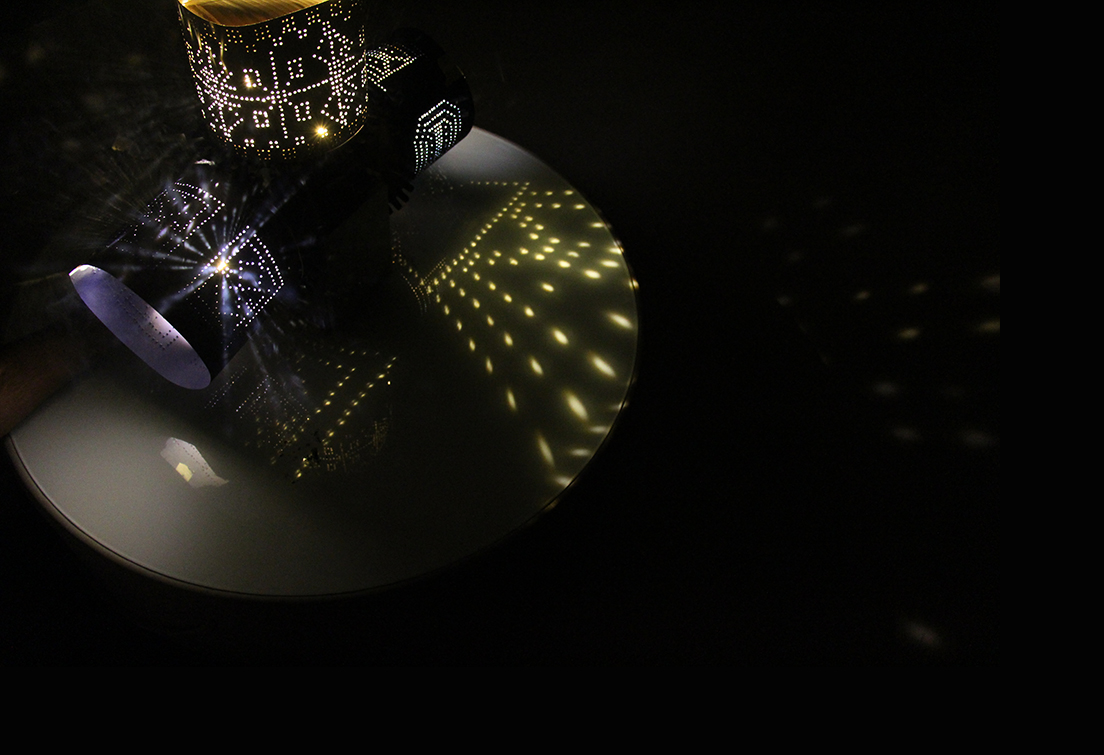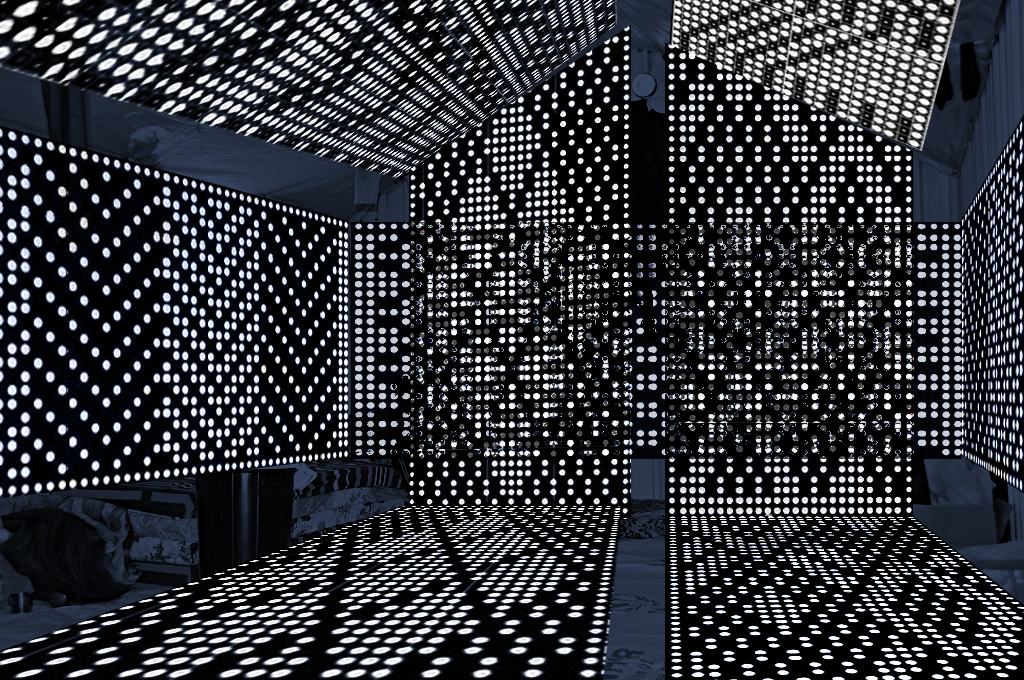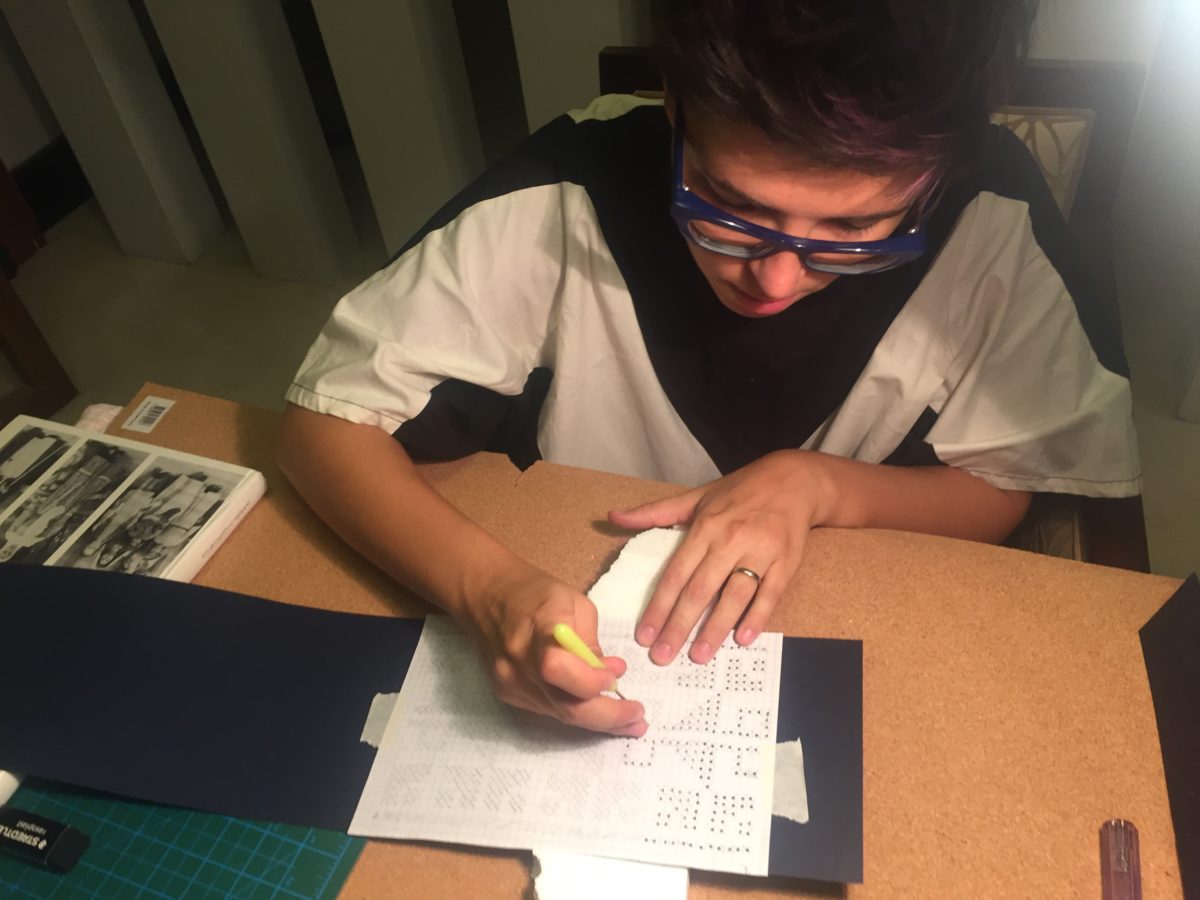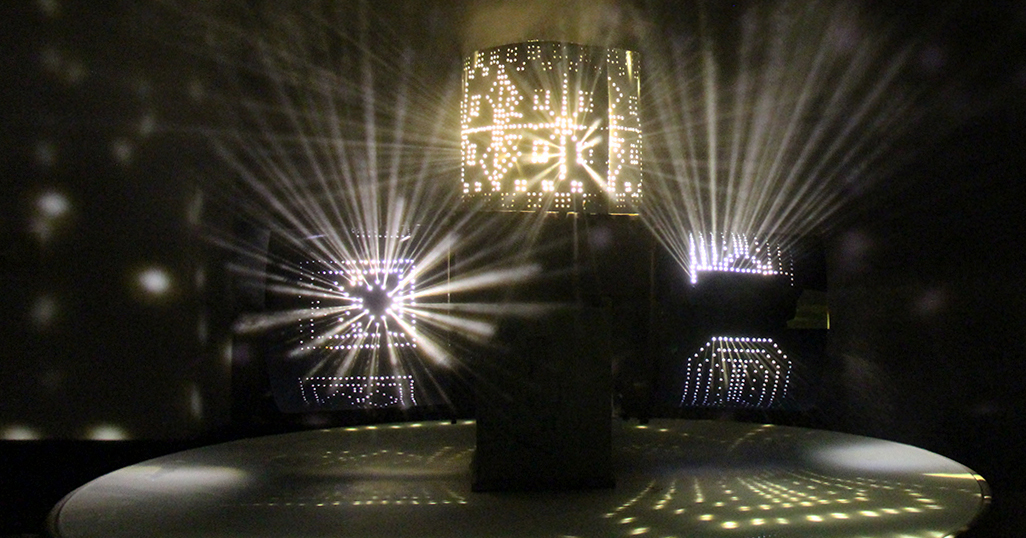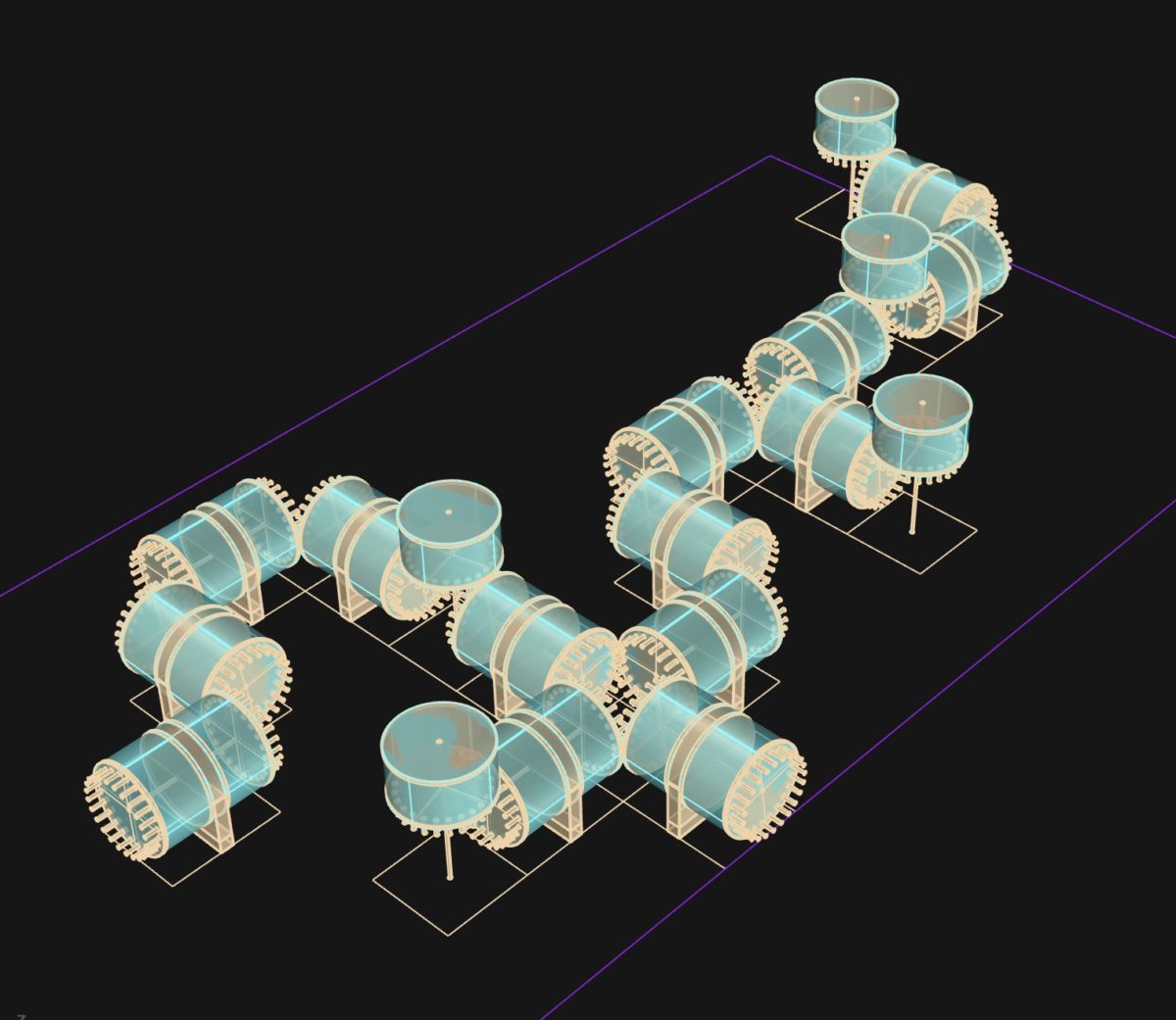Artistic Collaboration Between MIT, German-Jordanian University and Refugees in the Al Azraq Camp in Jordan
Associate Professor Azra Akšamija, Art, Culture & Technology Program, MIT Department of Architecture, first visited the Al Azraq refugee camp in Jordan in 2016. “Once I saw [the camp], I couldn’t unsee it,” she says. “I thought we really needed to do something there.” Her impulse to help alleviate the suffering of people displaced—or otherwise traumatized—by the atrocities of war informed a range of artistic, educational and research projects and inspired the creation of the MIT Future Heritage Lab (FHL) within the School of Architecture and Planning.
The Future Heritage Lab (FHL) explores creative responses to conflict and crisis through artistic collaborations across borders, culturally sensitive design and experiments in cultural preservation. In the context of the humanitarian crisis, the lab develops projects at the intersection of art, culture and technology to address the emotional, cultural, and practical needs of communities in threat. Since its launch in 2015, FHL has implemented five large-scale participatory global art projects; developed three MIT graduate courses; and established a global network of collaborators in the arts, education and humanitarian aid.
Now FHL is in the process of launching its satellite hub in the Al Azraq refugee camp in Jordan. This space is produced in collaboration with local artists, designers and academics from Amman and from the Al Azraq camp. The objective is to advance the education of refugees and MIT and German-Jordanian University (GJU) students through multi-directional knowledge exchange, foster a better understanding between cultures, and advance the competencies of humanitarian aid from the perspective of art and design.
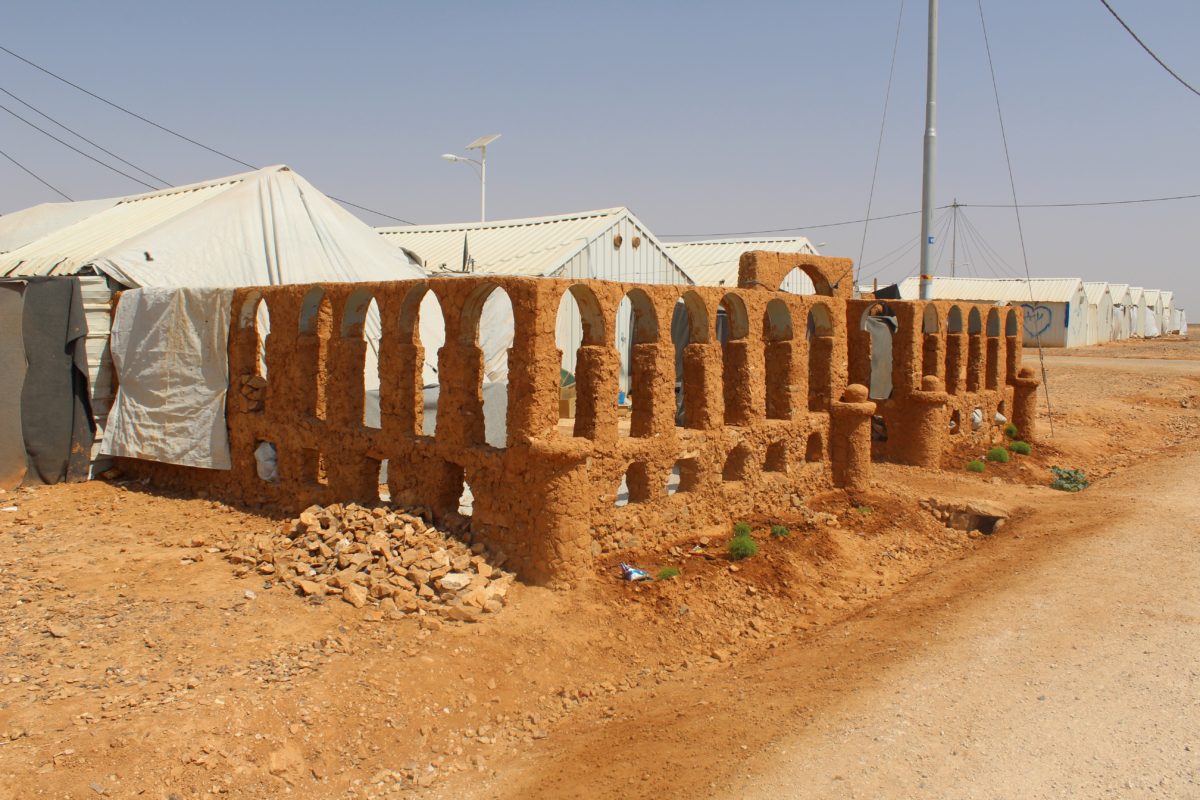
Akšamija, who experienced the war in Bosnia in the 1990s, remembers how culture became an instrument to counter violence:
“I know that culture kept people alive. During the siege of Sarajevo, people would organize exhibitions, risk their lives to do something artistic. Because art and culture kept them human and made them feel different from this destruction.”
In communities affected by conflict, Akšamija points out, there are many neglected issues related to specific emotional needs or to the preservation of heritage, identity and cultural memories. It is in these areas where she feels she, and others in art and design disciplines, can contribute to humanitarian efforts through both research and practice.
But she cautions, “help can often be dehumanizing,” so she advocates for methods of co-creation in order to not take agency away from the residents in the camp. The first year of this project involved site visits and meetings with refugees, Skype sessions, and workshops focused on problem analysis with MIT and GJU students and participants from the refugee camp. The team identified a range of issues, many of which were interrelated. They prioritized the artistic and design interventions that could address a number of issues simultaneously.
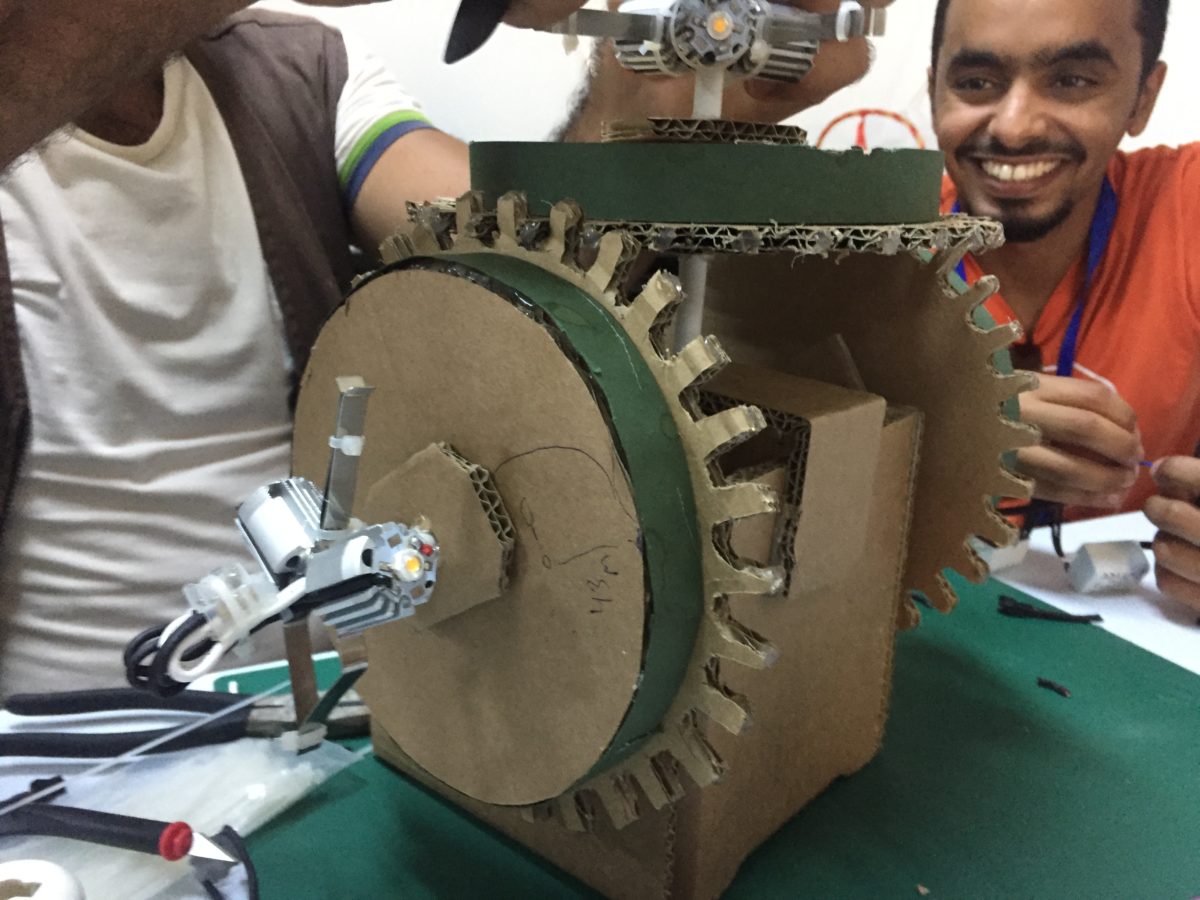
Lightweaver, a kinetic light sculpture, was one of the results. It is a utilitarian and poetic response to everyday difficulties of the camp stemming from the austerity of the shelters. The corrugated steel shelters lack any human dignity, and residents are issued only small solar lamps to light their spaces. These conditions breed hopelessness, especially among school-age children who often quit their education because they cannot imagine a future beyond the camp.
Lightweaver not only provides a lighting device that can transform the shelter interior into an immersive cultural environment, but the project also involves training in basic electrical and mechanical engineering, embroidery, calligraphy and cultural storytelling. The prototypes are playful kinetic lighting machines and educational devices developed in collaboration with the artists, engineers and inventors from the Al Azraq refugee camp. Stories from textiles are translated into these light displays as a means of preserving cultural memory and inspiring hope.
In working on Lightweaver, the team met a group of 16-year-olds in the camp who started a journal. MIT students taught them photography and design, while the writers documented their lives in the camp with stories, poems and images. These collaborations were recently shown at the Design for a Nomadic World exhibition, which took place at the German-Jordanian University within the Amman Design Week 2017.
MIT Department of Architecture also donated several laptops to support the publication of Al Azraq camp inventions that FHL is developing with the youth in the camp. This collaborative publishing project includes a photographic survey of art and design in the camp, essays and a catalogue of inventions made by refugees, such as air conditioners, fountains, monuments and toys. It will be used as a textbook for Akšamija’s upcoming MITx course, Design and Scarcity, to be launched in 2019. This course invites online learners worldwide to learn from refugees and from each other and to engage with design issues in the context of scarcity and crisis.
Akšamija has developed several other courses around the work the Future Heritage Lab is doing in the camp, including the one being offered in Spring 2018, Culturally Sensitive Design: Art and Innovation in the Refugee Camp. This course, which received 2017 J-WEL Grant in Higher Education Innovation, investigates how artistic translations of historical cultural forms could provide means to address the loss of history, memory and identity of displaced communities. Students will focus on designing a mixed-use facility to be built in the camp through FHL’s co-creation method. “There is no social space in the camp—nowhere for people to come and sit together,” Akšamija explains. “So, we are creating this space as a hybrid of a living room, a makerspace, a classroom and a living museum. It will be a space to inspire new forms of cultural preservation and civic life.” Every aspect of the facility will be conceived of and designed with the people in the camp.
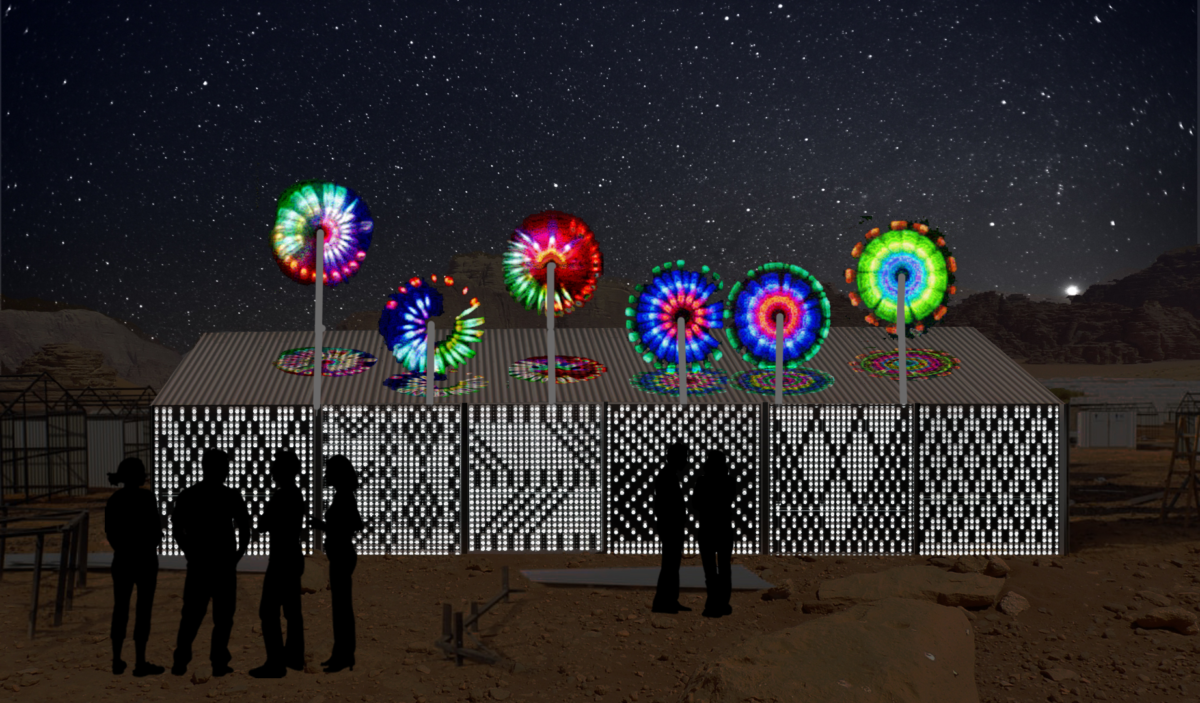
FHL aims to make an impact that goes beyond the classroom and beyond any one humanitarian crisis. To that end, Akšamija and her students initiated a Code of Ethics to equip other practitioners in the arts and cultural sector who work in a humanitarian capacity with a much-needed tool. This online platform offers a shared channel for dissemination of questions, critical reflections and dilemmas regarding the ethics of interventions in the humanitarian context toward the formulation of transdisciplinary guidelines. The platform is developed through crowdsourced intelligence and contributions from partnering organizations who are invited to share their valuable expertise. The code itself evolved from dilemmas the class faced, and the topics reflect the course lessons—destruction, preservation, art, education, economy, fundraising and media.
“I am honored to work with an amazing team of people from various backgrounds who want to help by using their skills or sharing access to their institutional capacities,” says Akšamija. She comments on the situation in the camp:
“It’s a completely unacceptable life there, but at the same time, people need to survive. War is traumatic for everyone, whether you are in it or in diaspora, just through this complete lack of agency to do anything. It is incredibly valuable and inspiring to learn from refugees’ experiences and their ingenuity to transform the most difficult living situation with minimal means.”
Sera Tolgay, one of Akšamija’s graduate students learned from this context, describing the Al Azraq camp as “a sea of steel from afar, an ocean of inspiration from inside.” As Akšamija and her students continue this necessary work, her foremost question remains, “How can we make a contribution to help these people survive this awful time they’re going through?”
The Future Heritage Lab’s work has been supported by the MIT Center for Art, Science & Technology (CAST) Mellon Faculty Grant; CARE Jordan; Humanities, Arts and Social Sciences (HASS) Research Grant; MISTI Arab World Program; MIT Center for International Studies; and MIT Council for the Arts (CAMIT). Learn more and support the Future Heritage Lab facility in the Al Azraq refugee camp in Jordan.


